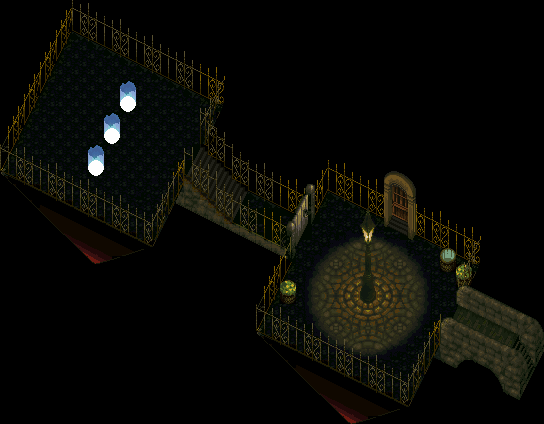

Ooh, I’m torn. They’re both NES “games” - Rocky & Bullwinkle had sluggish controls, awful hitboxes, and I can only describe its graphics AND sound design as offensive. That said, at least it technically played like a game. Where’s Waldo didn’t even have that. I think Where’s Waldo is the worst, but it’s close.








Just as the founding fathers intended.